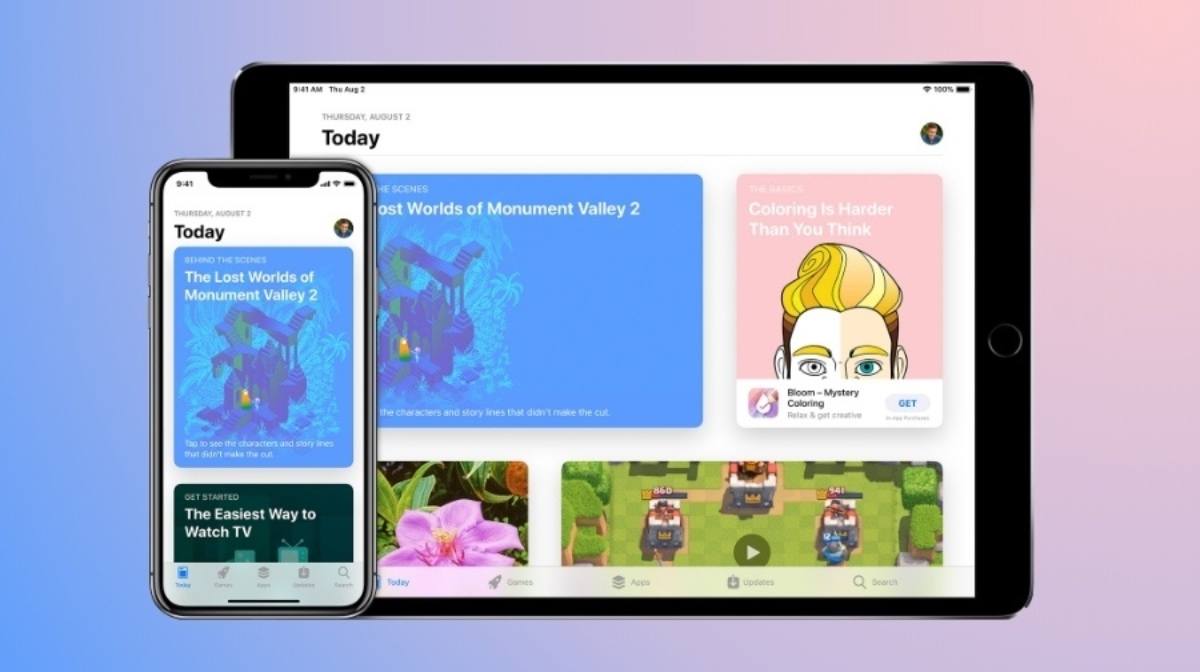This is the second post that I dedicate to talk about configurations using the new M1 Apple processor. As I said in the previous post, these configurations are workarounds until stable versions are released, however, for me, they have been useful and I guess that someone in the same situation as me can benefit from that.
- Android Emulator & Studio works but performances are bad on Apple M1.Let's test the working beta version of Android Emulator based on Apple M1 and the intel.
- An Android or iOS application or a browser gets emulated by an emulator on an operating system considered as a defined one, such as that of Mac and Windows. What it does is that it establishes virtual hardware conditions of that of an Android or iOS device.
- Macbook Air M1 vs MBP 16' Xcode Big Project Build Test etc & Android Studio AVD. Benchmark Apple M1 vs Intel Core i9 Cross Platform Mobile App Build Speed - NativeScript. Apple M1 and Android Emulator. Benchmark M1 MacBook - Android Studio Setup and Performance. What will happen running x86-64 & ARM-based Docker containers in Apple M1.
Falcon80 said: Anyone here happens to be using the MacBook Air 2020 and doing Android development using Android Studios? Is it painful slow to run the emulator? I will be using the Air for Xcode as well but I believe if it is going for Android Studios, then Xcode should not be an issue.
Using Android studio in the new Macbook Air
When you install Android Studio you will get the following warning:

Unable to install Intel® HAXM
Your CPU does not support VT-x.
Unfortunately, your computer does not support hardware-accelerated virtualization.
Here are some of your options:
Adobe acrobat xi pro serial number generator free download. 1 - Use a physical device for testing Marvels spider man pc download full game.
2 - Develop on a Windows/OSX computer with an Intel processor that supports VT-x and NX
3 - Develop on a Linux computer that supports VT-x or SVM
4 - Use an Android Virtual Device based on an ARM system image
(This is 10x slower than hardware-accelerated virtualization)
Creating Android virtual device
Android virtual device Pixel_3a_API_30_x86 was successfully created
And also in the Android virtual device (AVD) screen you will read the following warning:
If you want to learn more regarding virtualization in processors you can read the following Wikipedia article, the thing is that our M1 processor doesn’t support VT-x, however, we have options to run an Android Virtual Device.
As the previous message was telling us, we have 4 options. The easiest way to proceed is to use a physical device, but what if you haven’t one available at the moment you are developing?
From now on, we will go with the option of using an Android virtual device based on an ARM system image as options 2 and 3 are not possible to execute.
Using the virtual emulator
The only thing that you have to do is to download the last available emulator for Apple silicon processors from Github https://github.com/741g/android-emulator-m1-preview/releases/tag/0.2
Once you have downloaded you have to right-click to the .dmg file and click open to skip the developer verification.
After installing the virtual emulator, we have to open it from the Applications menu.
After opening it you will see Virtual emulator in Android Studio available to deploy your Android application. Make sure to have Project tools available in Android Studio (View -> Tool Windows -> Project)
After pressing the launch button you will get your Android application running in your ARM virtual emulator :-)
Conclusion
In this post, we have seen that is possible to install Android Studio in Macbook Air M1 and use a virtual device even that your M1 doesn’t support VT-x. You can learn more about this emulator in the following references:
The purpose of this section is to guide you to create in your development environment an Android emulator.
Android emulators are managed through a UI called AVD Manager
AVD Manager has a nice interface when started from Android Studio.
Start Android Studio app, then create a blank project.

Go to the Tools menu -> :Android -> AVD Manager:
If no emulator has been created you should start with this screen:
Click the Create Virtual Device button.
In the Select Hardware window , select Nexus 5 as shown in the following snapshot:
Click the Next button.
In the System Image, select the system image Nougat, API Level 25 , ABI x86 :

Click on the download link to download the selected System Image. This download process is done through SDK Manager.
Once the download is complete, click on the Next button.

In the Verify Configuration window, check any parameter :
Then click on the Finish button.
AVD Manager shows you the newly created device:
Mac Simulator For Windows 10
Click on the launch button to launch the newly created AVD in the emulator.
Notice in the Run Window of Android Studio the command line used to start the device:
which can be shortened to :
How to start Android Emulator from Terminal?
Stop the emulator started by Android Studio. Open the Terminal app and type the following command:
Macbook Air Android Emulator
This should start the emulator with the selected AVD. How to extract subtitles from dvd with subtitle edit.